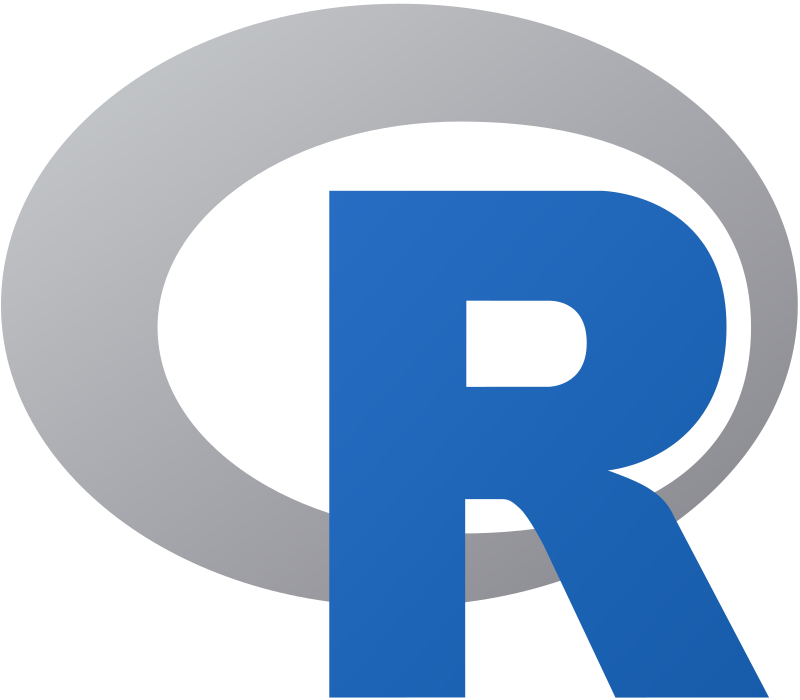Features
R is an integrated suite of software facilities for data manipulation, calculation and graphical display. It includes
-
an effective data handling and storage facility,
-
a suite of operators for calculations on arrays, in particular matrices,
-
a large, coherent, integrated collection of intermediate tools for data analysis,
-
graphical facilities for data analysis and display either on-screen or on hardcopy, and
-
a well-developed, simple and effective programming language which includes conditionals, loops, user-defined recursive functions and input and output facilities.
The term “environment” is intended to characterize it as a fully planned and coherent system, rather than an incremental accretion of very specific and inflexible tools, as is frequently the case with other data analysis software.
R is designed around a true computer language, and it allows users to add additional functionality by defining new functions. Much of the system is itself written in the R, which makes it easy for users to follow the algorithmic choices made. For computationally-intensive tasks, C, C++ and Fortran code can be linked and called at run time. Advanced users can write C code to manipulate R objects directly.
Many users think of R as a statistics system. Creators prefer to think of it of an environment within which statistical techniques are implemented. R can be extended (easily) via packages. There are about eight packages supplied with the R distribution and many more are available through the CRAN family of Internet sites covering a very wide range of modern statistics.
R has its own LaTeX-like documentation format, which is used to supply comprehensive documentation, both on-line in a number of formats and in hardcopy.
For more information please visit: https://www.r-project.org/
